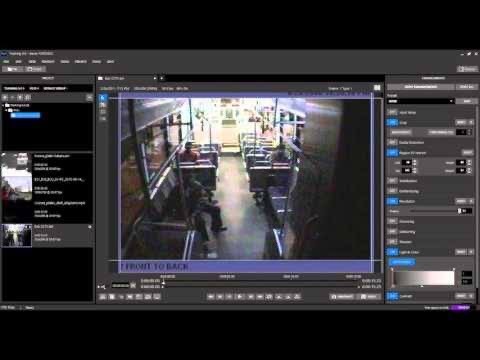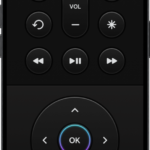In cities all over the world, traffic monitoring and analysis with CCTV cameras has become increasingly common. CCTV footage can now be analyzed and processed using software that improves video to get useful information about traffic flow, congestion, and accidents. In this blog post, we will discuss how to use CCTV video enhancement software for traffic analysis and monitoring.
Understanding Traffic Analysis and Monitoring
The collection and evaluation of traffic data for the purpose of comprehending traffic patterns, volume, and flow is referred to as traffic analysis and monitoring. The data can be used to plan for infrastructure development and enhance traffic management. Note that the use of cameras to record video of cars and pedestrians is part of traffic monitoring. After that, the footage is looked at to get information like the vehicle’s speed, direction, and volume.
Advantages of Involving CCTV Video Improvement Software for Traffic Analysis and Monitoring
CCTV video enhancement softwares gives a few advantages to traffic investigation and checking. It, first and foremost, takes into account the extraction of information from CCTV film that would some way or another be difficult to assemble. For instance, license plate numbers can be extracted from footage, facilitating improved vehicle tracking.
The software can be utilized to identify and follow explicit vehicles, for example, crisis vehicles or trucks conveying dangerous materials. The flow of traffic can be altered using this information to accommodate these vehicles. In addition, the software can be used to spot traffic jams and accidents, speeding up the response time.
How to Use CCTV Video Enhancement Software for Traffic Analysis and Monitoring

Step 1: Obtain the CCTV footage
Obtaining the CCTV footage is the first step in utilizing CCTV video enhancement software for traffic analysis and monitoring. This can be accomplished by either installing your own CCTV cameras or requesting the footage from the appropriate authorities. Make sure the cameras are installed in places like intersections and highways where they can collect the most data.
Step 2: Transfer the recording to the software
Whenever you have acquired the CCTV film, the subsequent stage is to transfer it to the video enhancement software. The footage will be analyzed by the software, which will then extract useful information like vehicle speed, direction, and volume.
Step 3: Analyze the information
After the software has separated the information, the subsequent stage is to analyze it. traffic patterns, congestion, and accidents. This information can then be used to adjust traffic flow to improve traffic management. This data can then be utilized to change traffic flow to further develop traffic flow.
Step 4: Create Reports
In the end, the data can be used to create reports that will help with infrastructure development and traffic management. Reports can be used to justify the need for infrastructure development and to identify areas where improvements can be made.
Best Practices for CCTV Video Enhancement Software for Traffic Analysis and Monitoring
- Guarantee that the cameras are placed in regions where they can catch the most information.
- Make use of cameras of a high quality that are capable of capturing crisp footage.
- Maintain and service the cameras on a regular basis to guarantee their proper operation.
- Make use of a CCTV Video enhancer that is dependable and gives you accurate data.
- Educate employees on how to use the software efficiently.
Wrap Up
CCTV video enhancement software provides significant information to traffic examination and checking. The software can be used to get information from CCTV footage that would be hard to get otherwise. The data can be used to plan for infrastructure development and enhance traffic management. By following prescribed procedures for utilizing the product, urban areas can successfully involve CCTV film for traffic examination and observing.










